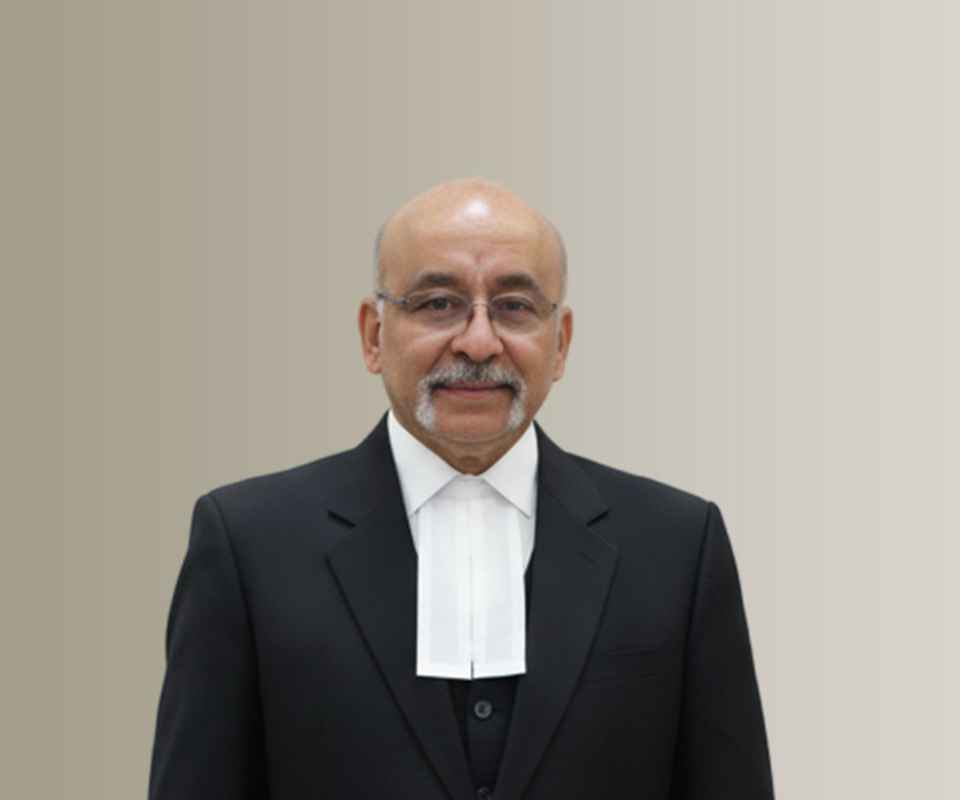Answer By law4u team
Forced marriage refers to a situation in which an individual is coerced or pressured into marrying against their will, often under threats, manipulation, or force. In India, there are several legal protections against forced marriages that aim to safeguard the rights and freedom of individuals, especially women and minors, in such situations. These protections are based on both statutory laws and constitutional rights.
1. Prevention of Child Marriage Act (PCMA) 2006
Child Marriage Prohibition: Under the Prohibition of Child Marriage Act, 2006, child marriage is prohibited in India. A child marriage is defined as a marriage where one or both parties are below the legally defined minimum age for marriage (18 for women and 21 for men).
Penalties for Forced Child Marriages: If a forced marriage involves a child, the law makes it a criminal offense. The parents, guardians, and anyone who facilitates or performs the marriage can be prosecuted. The law allows authorities to annul child marriages and provides for rehabilitation of the child.
Legal Actions and Annulment: If a child is forced into marriage, the marriage can be annulled by a court, and the child can seek protection under the Act.
2. Protection of Women from Domestic Violence Act (PWDVA) 2005
Protection Against Coercion: The Protection of Women from Domestic Violence Act, 2005 can also provide legal remedies in cases of forced marriages, especially where the woman is subjected to emotional, physical, or sexual abuse by her spouse or family members.
Relief Measures: Under this Act, women who are coerced into marriage can seek immediate relief such as protection orders, residence orders, and monetary relief. While the Act primarily addresses domestic violence, it can be used to challenge coercive and abusive behavior in forced marriages.
Permanent Orders and Safety: If a woman is coerced into marriage, she can approach the court for relief and protection. The Act provides safety measures, and the woman can also seek compensation for the abuse she faces.
3. Indian Penal Code (IPC)
Section 375 – Rape: If a person is forced into a marriage and non-consensual sexual intercourse occurs, it may be treated as rape under Section 375 of the Indian Penal Code (IPC). Although marital rape is not criminalized in India, forced sexual intercourse under duress can be treated as sexual assault or rape if the person did not consent.
Section 366 – Kidnapping and Abduction: If the marriage is forced through abduction or kidnapping, the offenders can be charged under Section 366 of the IPC, which criminalizes the act of abducting or coercing someone into marriage.
Section 343 – Wrongful Confinement: If an individual is forced into marriage under duress and confined or restricted from leaving the marriage, the perpetrators can face charges under Section 343 (wrongful confinement) and other related sections.
4. Right to Personal Liberty under Article 21 of the Constitution
Constitutional Protection: Under Article 21 of the Indian Constitution, individuals have the right to life and personal liberty, which includes the right to marry someone of their own choice. Forced marriage violates this fundamental right, and individuals subjected to coercion can approach the courts for relief.
Writ Petitions: If an individual is being coerced into marriage, they can file a writ petition under Article 32 (in the Supreme Court) or Article 226 (in High Courts) for enforcement of their fundamental rights, seeking orders to prevent the marriage and ensure their personal freedom.
5. Legal Redress and Protection for Victims
Filing Complaints with Police: Victims of forced marriage can file a complaint with the police under relevant sections of the IPC, including those dealing with abduction, coercion, and violence. The police are obligated to investigate and provide protection to the victim.
Support from NGOs: There are several non-governmental organizations (NGOs) in India that offer legal, emotional, and psychological support to victims of forced marriages. These organizations help individuals navigate the legal process and seek protection.
Court Orders: Victims can approach the courts for the annulment of a forced marriage. If the marriage is deemed invalid due to lack of consent, the court can annul the marriage and order relief for the victim, including protection orders and compensation.
6. Examples:
A young woman is being forced into marriage with a man she does not know, under pressure from her family. She can approach the police and file a complaint under Section 366 (kidnapping) and seek immediate protection. If the marriage occurs, she can apply for annulment under the Prohibition of Child Marriage Act (if she is a minor) or the Protection of Women from Domestic Violence Act for relief.
A woman in her 30s is coerced into marriage by her in-laws. She can seek legal redress under the Domestic Violence Act and request protection orders, and she can also seek annulment of the marriage through a court if there was no consent.
7. International Framework and Human Rights:
International Treaties: India is a signatory to international human rights treaties, including the Convention on the Elimination of All Forms of Discrimination Against Women (CEDAW), which calls for the protection of women against forced marriages and the right to freely consent to marriage.
Human Rights Violations: Forced marriage is recognized as a violation of human rights, including the right to freedom, dignity, and equality. Women subjected to forced marriage can seek help from international human rights organizations if local legal remedies are insufficient.
Conclusion:
India offers several legal protections against forced marriages, including the Prohibition of Child Marriage Act, the Protection of Women from Domestic Violence Act, and various provisions under the Indian Penal Code. Victims of forced marriage have the right to approach the police, file complaints, seek annulments, and obtain relief under these laws. Additionally, victims can invoke their fundamental rights under the Constitution to ensure their liberty and right to marry freely. Legal reforms and stronger enforcement of these laws are needed to ensure comprehensive protection and support for those affected by forced marriages.





